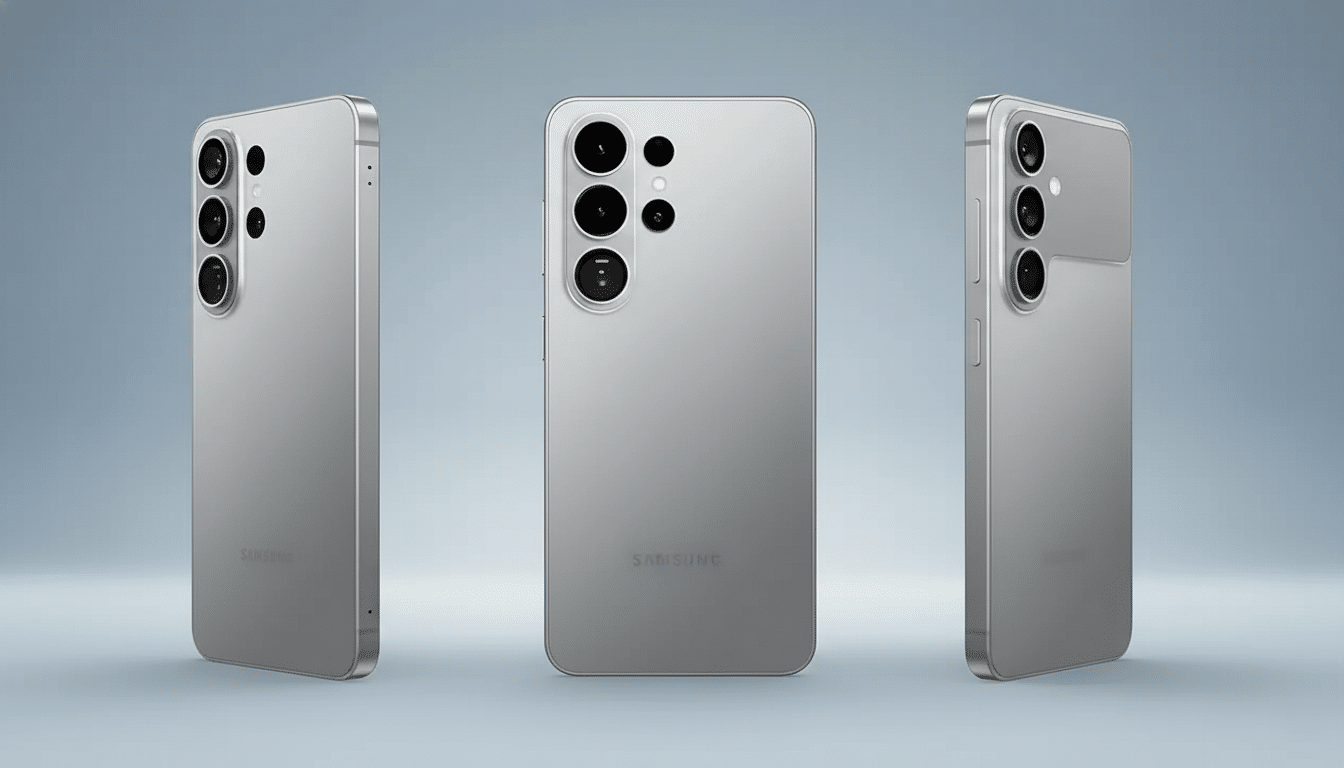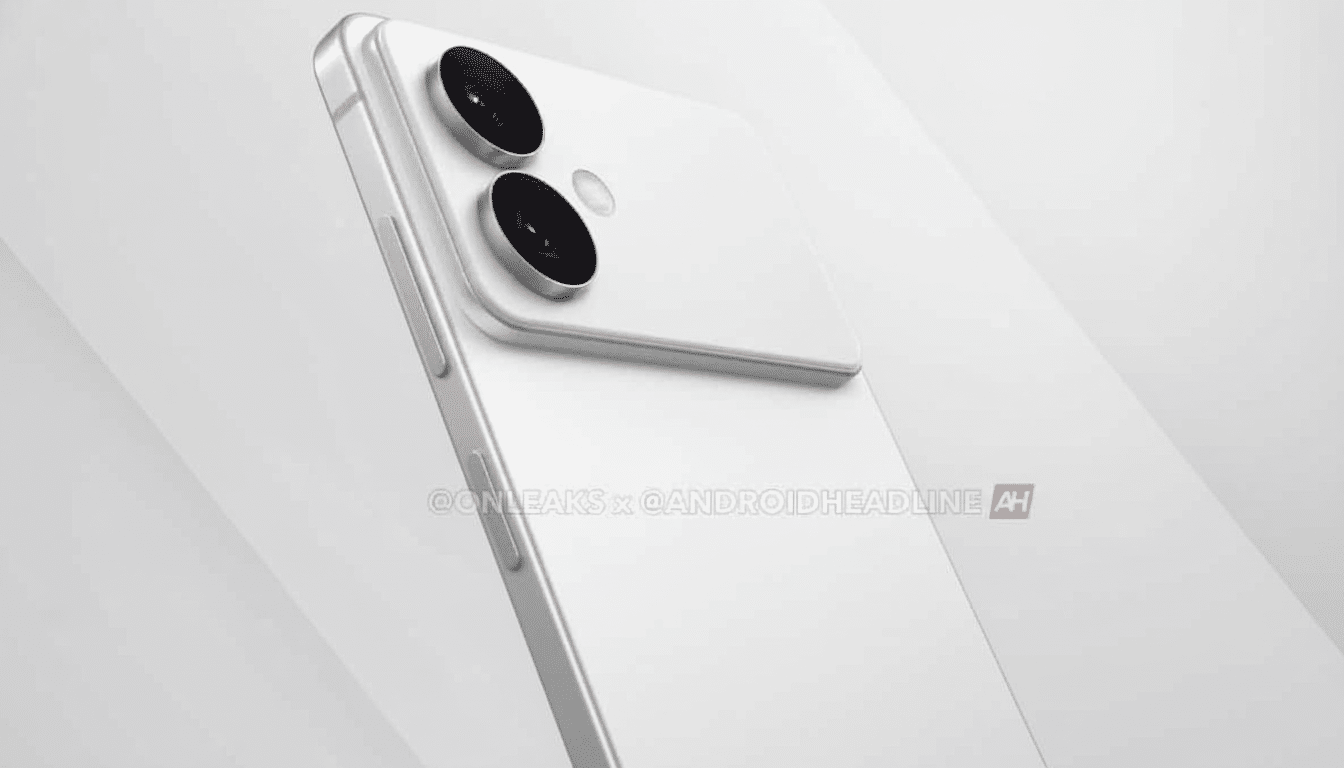Rumours out of South Korea claim Samsung has cancelled the Galaxy S26 Edge and gone back to a Galaxy S26 Plus. It’s a simple line-up tweak on paper. In execution, it comes off as a flashing red warning light for a company still wrestling with who it wants to be — and how it wants to lead — at the high end of the smartphone market.
What Cancelling the Galaxy S26 Edge Exposes
Weak Galaxy S25 Edge sell-through is likely the catalyst, industry sources say. Makes sense: the lithesome flagships are typically trading off battery size, thermal headroom and more for those millimetres shaved. And component teardowns by companies like TechInsights have put a spotlight on the fact that custom batteries, bespoke mid-frames and thinner glass stacks make for increased costs while tamping down margins. And when the payoff isn’t obvious to mass buyers, these products remain stuck on shelves.

Consider the wider context. IDC and Counterpoint Research estimate that premium phones (those more than $600) are increasingly contributing to sales revenue, but the volume still lies in expensive models designed not as design exercises but balancing performance, camera quality and lifespan. A thin showcase that does so at the expense of battery life, or effective heat management, can start to become a science project — that is, cool to technologists but a gamble for retailers and carriers depending on predictable turns.
If indeed the S26 Edge is on the outs, the takeaway isn’t about any one phone as much as it is a murky roadmap. Was “Edge” meant to be a feather in thinness’s cap, an homage to the curved-screen nostalgia or Plus-replacement-in-disguise? Consumers shouldn’t have to use a decoder ring to figure out if tiering is in effect.
Why Chasing Apple Is Not a Long-Term Strategy
The awkward aspect is how the Edge saga dovetails with other Apple-adjacent, similar pivots. Samsung teased a tough metal and glass Galaxy Watch Ultra in the shadow of Apple’s Ultra line defining the shape of stuff that doesn’t break under pressure. Galaxy Buds 3 went the stemmed route, duplicating AirPods’ instantly recognisable style. Titanium frames came to the Galaxy S Ultra line after Apple went to lighter metals. And the company’s mixed reality ambitions — with assistance from Google and Qualcomm — have been widely seen as a response to Apple’s headset push.
Competitors borrow from each other. But when imitation makes the headline, it clouds a brand’s centre of gravity. Bloomberg and others regularly state a variant on halo products is far more influential in perception than their unit share would ever place them. If your halo feels reactionary, then so do your core products.

Samsung Used to Drive the Smartphone Conversation
This is the company that made huge screens a thing with the Galaxy Note and stylus productivity acceptable to the masses. It was the first to commercialise foldables en masse, inventing a category that others are now chasing. Remember, besides that, the more iconic models (like the S III or S8) set trends for what Android should look like at large.
That leadership still matters. Counterpoint Research estimates the global annual foldable market at only about 20 million units and Samsung is one of the very few companies controlling displays, batteries and camera modules that can offer such screens to rivals. But its market share has waned as Chinese rivals have deluged the category with slimmer hinges and larger cover screens. When your rivals out-innovate you in a segment you birthed, the sting is two-fold — first in lost sales and then to the ego.
Why the Edge Plan Failed the Smell Test for Buyers
Ultra-thin flagships require neat narratives: what do you get for the compromise? Apple’s thin phone is widely regarded by analysts as a testbed for structural layouts that could eventually find their way into folding devices — battery placement under camera shelves, shifted-around logic boards and drastic weight loss. Whether you believe it or not, the story dovetails into a roadmap.
The Galaxy S25 Edge didn’t make as much of a compelling argument. Without a dramatically different internal design feeding into a greater platform vision — lighter foldables, new thermal solutions, or battery breakthroughs — the Edge smacked of racing for the sake of being first; not toward someplace meaningful. Consumers picked up on that. Carriers did, too.
The Path for Samsung to Regain Its Product Mojo
- First, streamline the line-up and nameplates. Clean gradation — base, Plus, Ultra, Fold, Flip — minimised confusion and allowed each product to own a purpose. IDC has already made it loud and clear that ‘clarity drives attach.’
- Second, recommit to proprietary advantages. Harness in-house display tech for genuinely distinctive toughness and outdoor visibility. Push imaging with sensor-shift stabilisation and multi-frame processing tailored more for low light than spec-box zoom battles. Double down on on-device AI that accelerates core tasks while keeping privacy in check, not just headline demos.
- Third, we should align halo experiments with long bets. If there really is a “thin” flagship, it should be the testbed for technologies that help make the next-gen Fold lighter, cooler and last longer. If there is an Ultra watch here, it should lead in health metrics, not merely match an action button and case metal.
Bottom Line: Samsung Needs Clear Vision and Leadership
Calling off the Galaxy S26 Edge, if true, is not in itself a disaster. The crisis is a pattern of splashy moves that appear to be about out-Apple-ing Apple rather than the Samsung-like goal of out-Samsung-ing Samsung. The company still has the factories, the leverage of its supply chain and a bench of engineering to set a pace. In 2025, what it really needs is the courage to produce devices that once again make rivals react — devices that scream out clearly and loudly: This is Samsung.

